The SKU (Stock Keeping Unit ) is the unique reference number of a product registered in the company’s software. This detailed storage unit provides optimal accuracy of the stock available in the warehouse.However, the multiplication of SKUs can quickly lead to difficulties. How to manage SKUs in your warehouse? Answer in this article.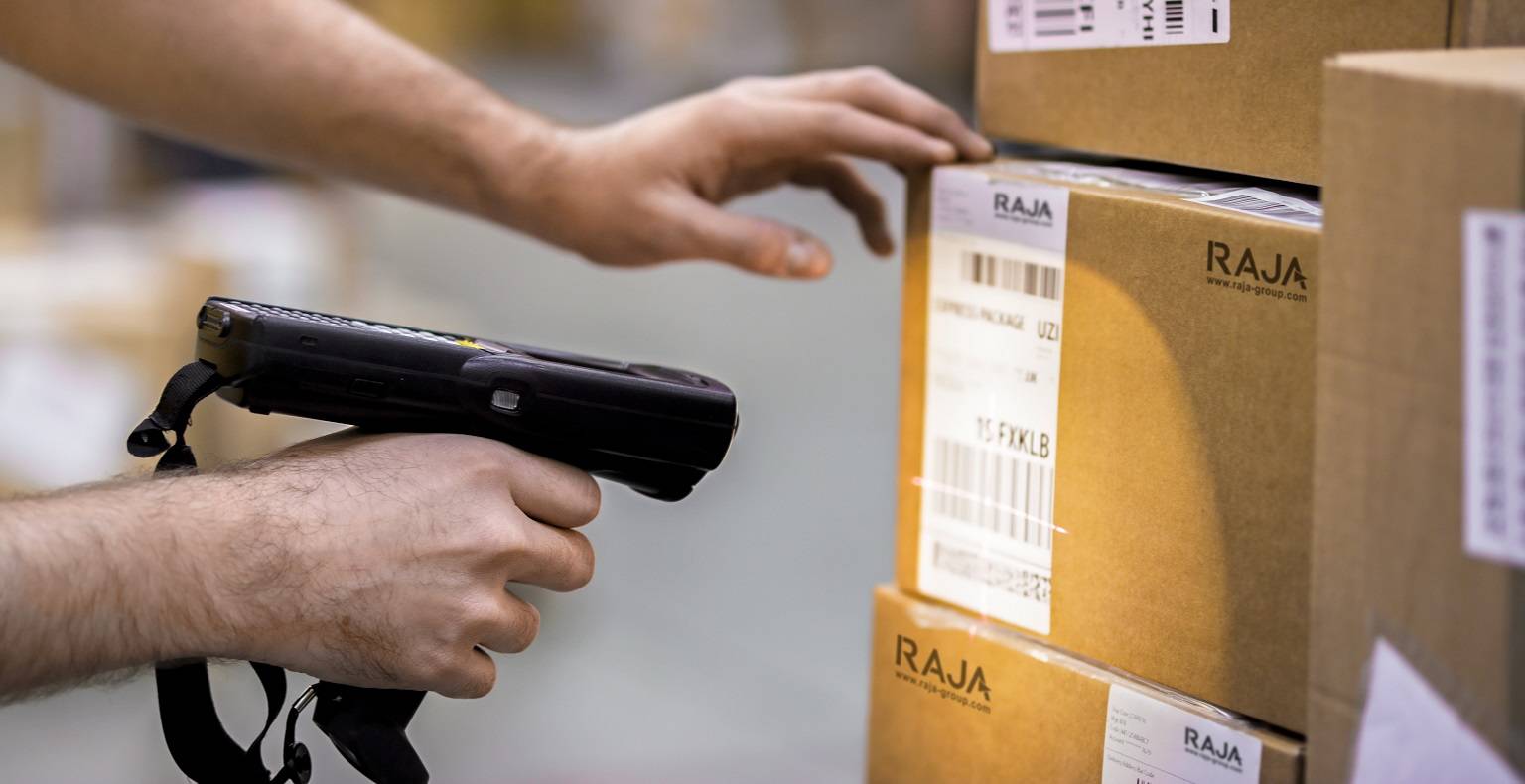
SKU number in logistics: what is it?
What does
the SKU code correspond to
? The Stock Keeping Unit gives its identity to a product (a code generated by sales unit). It is composed of letters and numbers. Its use is practical because it is created from the characteristics of the product that you select, according to the desired internal referencing system. Here are a few examples of variants
- Style: trousers
- Type: casual
- Model: 4355
- Colour: green
- Season: spring / summer
- Gender: female
- Size: 36
- Storage location: warehouse A
this numbering system makes it easy to recognise an article. For example, the SKU code generated with the above variants could be: PANT-4355-VRT-36. Several units available for the same reference are identified via an identical SKU code: all green trousers of model no. 4355 in size 36 women have the same number. In addition to product characteristics, this code records the location of each article throughout the supply chain.
SKU, EAN and UPC: what is the difference?
TheEAN (European Article Number) and theUPC (Universal Product Code) are the elements of the bar code. In practice, operators scan the bar code in order to record the data. This is why these three elements are often confused. Here are the characteristics of the bar code
- Unique and unchangeable combination of 13 digits (12 digits plus one check digit), with scannable bars;
- Useful externally, this universal code identifies each product and not each reference;
- Carries information useful for identifying suppliers, manufacturing companies, production, marketing, etc
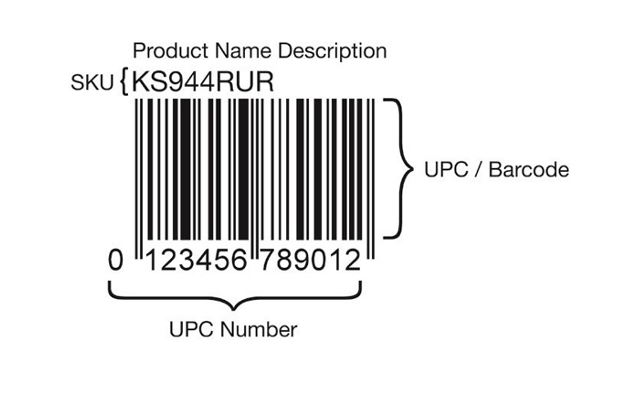 |
|
SKU and barcode identification |
sKU proliferation in companies: a new challenge for logisticians
This multiplication, also known as “SKU proliferation“, is the result of the growing needs of consumers. They want to have a choice between a wide range of products with almost immediate availability. The consequence of this phenomenon is that companies have to stock a maximum number of references at the same time, which makes logistics management more complex.
And the proliferation of SKUs leads to drawbacks
- An increase in the risk of errors, especially during order preparation;
- Increased costs, as more SKUs means more storage costs (more capital tied up);
- Difficulties in planning, as the analysis of the market and potential customers must be more thorough with more products.
gestion des SKU dans l’entrepôt : quelques bonnes pratiques
Vous souhaitez implémenter la codification SKU dans votre entrepôt, mais en redoutez la gestion ? Vous avez déjà adopté cette numérotation, mais face à la multiplication vous êtes dépassé ?
Pour maîtriser les défis et optimiser au maximum votre stock, votre gestion doit être assistée d’outils et de bonnes pratiques.
Rationaliser vos numéros SKU
Le but de la rationalisation est de limiter le nombre de SKU, et donc les risques d’erreurs dues à des confusions.
Pour cela, conservez les références les plus vendues ou celles qui génèrent le plus de bénéfices. Avec la rationalisation, les coûts de stockage et de gestion d’entrepôt sont réduits.
Mettre en place un ERP ou un WMS
L’ERP (Enterprise Resource Planning) est un logiciel de gestion quotidienne de toutes les activités d’une entreprise : comptabilité, gestion de projets, achats, opérations de supply chain…
De son côté, le WMS (Warehouse Management System
- Automatically generate SKUs when adding new product references or new variants (colours, sizes, etc.);
- Monitor the items in stockin real time at any time.
an optimised
storage
system will facilitate the picking of items. Here are three methods of organising storage, to be chosen according to your needs
- ABC method: this is a stock categorisation system where each item or SKU is assigned a class (A, B or C) according to its order rate. The products in the most ordered class are placed as close as possible to the operators, and vice versa. This storage method is recommended if you have key products with high orders and secondary products.
- FIFO (First In – First Out) method: a storage method in which the items that arrive first are removed from the stock first when an order is placed. The oldest assets in the stock should therefore be positioned as close as possible to the packing area. This arrangement is suitable for storing perishable items.
- LIFO (Last In – First Out): a storage method where the items that were last in the stock are the first to be removed, as they are logically the most accessible. This type of storage is practical, with fast entry and removal of items.
to find out more about order picking, see our article on order picking methods used in logistics.
Organise the warehouse according to SKUs
With a warehouse organised according to your SKUs, the stocking, picking and order picking stages will be made easier! To tidy up your warehouse, here is a selection of products that could help you label your racks
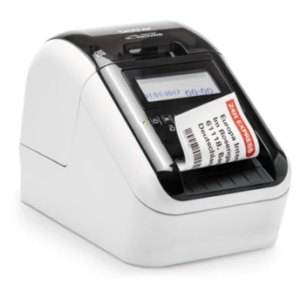 |
Brother QL-820NWB printer. With an LCD screen, it prints barcode and SKU labels to identify your stock. Wi-Fi and Bluetooth connectivity makes it easy to carry around the warehouse. |
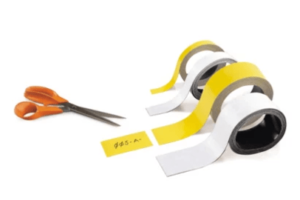 |
Magnetic labels on a roll make it easy to replace SKUs on racks or shelves as your stock changes. RAJA offers a wide selection ofadhesive and magnetic labels and label holders. |
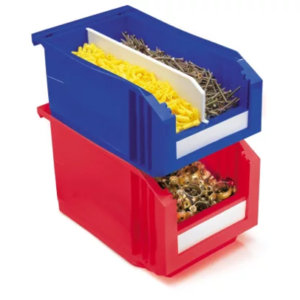 |
These durable plastic spout bins are designed to hold small products with the same SKU. They are rigid with a label holder for at-a-glance identification of the products. They are also available in cardboard and high volume versions. |
with a controlled management, SKU codes allow a real saving of time in your order preparation and stock management.














